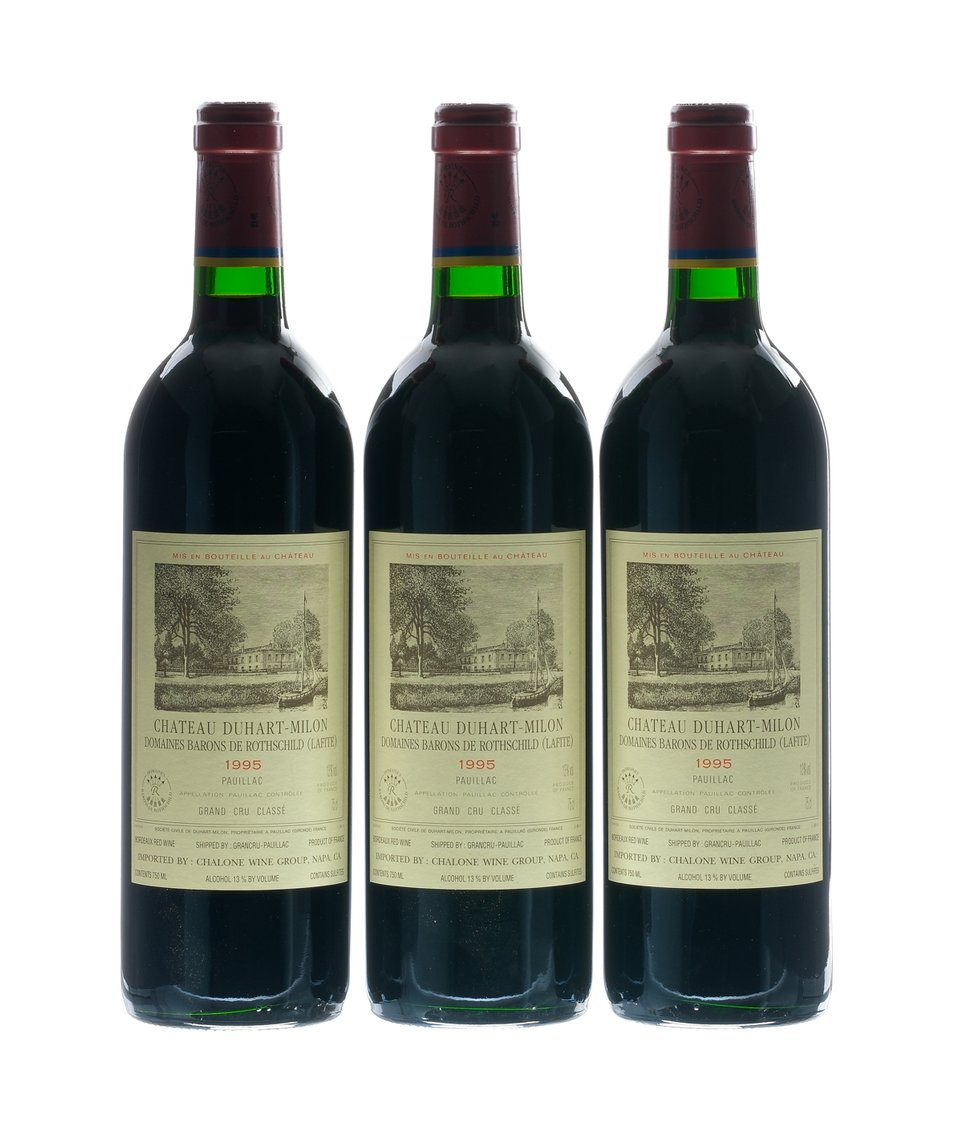
If you spend any time around old bottles of wine, you will notice something a bit odd: the fill levels on a bottle of wine can differ wildly. One bottle will be filled almost all the way up to the cork, while others can be lower, perhaps even well down into the shoulder of the bottle. If the bottles are sealed shut, this can seem odd, and maybe even spooky (did Casper get into my Grand Cru?!). Luckily, this is not a case for the Ghostbusters, but rather, Good Bottle Auctions.
Fill Lines
Let’s get down to brass tacks: what is a fill line? A fill line is the line that the wine is filled to in a given bottle. If you’re unsure what I mean, take a look at a bottle of wine and you’ll see where the wine goes up to. That’s the fill line. It might be blocked by the foil at the top of the bottle, but it’s there.
You may think that a fill line is stable in a bottle of wine once it is corked, but that is not the case. Corks absorb some of the wine in the bottle over time, leading to staining on the cork that will grow visibly as it ages. If you purchase two identical bottles of wine from the same vineyard but from different vintages (or years of production), you’ll notice that the wine stain will have crept up the cork. This is perfectly natural and, actually, expected.
Wine can also evaporate out of the cork itself. Cork, as a natural material made from the bark of the cork tree, will allow some of the wine to evaporate out of the bottle over a long period of time. This means that the fill level can (and will) go down in a bottle of wine over time.
Is a Low Fill Line a Problem?
It depends. Some evaporation is acceptable and inevitable, especially as a wine ages for many years. However, once the fill line is low enough, it can be a red flag, and you probably shouldn’t drink whatever is inside unless you really like the taste of spoiled vinegar.
Like almost everything else in the wine industry, there are established categories of fill lines. Each category is based upon one of the two main types of 750 milliliter wine bottles: the Bordeaux bottle and the Burgundy bottle. A Bordeaux bottle has a defined neck and shoulder, while a Burgundy bottle will have a gentle taper from the body up through the neck. Despite the names, either bottle can be used for a variety of wine styles.
The infographic below shows where the fill line could be on a Bordeaux bottle.
Base Neck is typically where Bordeaux bottles are filled to, but sometimes the wine can be filled as high as Mid Neck (if the wine you are drinking is forty years or older, however, and it is filled to Mid Neck, you should be wary of it being re-filled). If the wine is under ten years old, you should probably only drink it if the fill line is Mid Neck or Base Neck. If a wine is over ten years old, a fill line at Top Shoulder is expected. If a wine is at Top Shoulder and is well under ten years old, it has probably been improperly stored and should not be drunk.
Once a wine is forty years or older, the fill line can be as low as Mid Shoulder due to evaporation. Needless to say, if a wine is well under forty years old and at Mid Shoulder, it’s almost certainly spoiled. A fill line at Low Shoulder could still be okay for a very, very old wine, but that’s probably pushing it. If a bottle’s fill level is Below Shoulder, it’s not drinkable.
For Burgundy bottles, there is different terminology used, since there is no proper neck or shoulder.
If the fill line is less than or equal to 2 centimeters from the cork, it has been stored well, and you should have no concerns about evaporation. If the wine is 20 years old or older, anything less than 4 cm from the cork is very good (and if it’s older than 35, that’s exceptional). If the wine is under 15 years old, 4 cm might be a cause for concern. If a wine’s fill line is greater than or equal to 6 cm from the cork, this wine could be spoiled, especially if it is a younger vintage.
Who You Gonna Call?
There can be a variety of reasons why the fill line may be low on a bottle of wine. Some of these factors are natural and expected, while others are not. A bottle of wine that has a much lower fill line than it should may have been improperly stored or cellared, while an antique bottle that looks immaculately filled to Mid Neck should be a cause for caution. For more information on correctly storing fine wines, check out our blog post here: https://goodbottleauctions.com/sell-wine-at-auction/.
It can be a bit tricky to know just exactly what you have and whether a vintage bottle of wine is still drinkable. If you are unsure, you should call your friends at Good Bottle Auctions. We know wines, fill lines, and auctions (online), so we can help you understand just what exactly it is that you have. We would love to chat with you about your bottle and help you sell it for the best price.
Works cited: